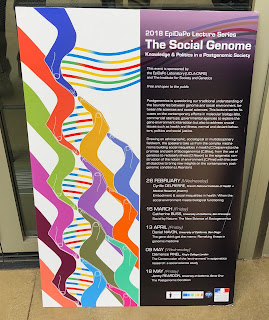Week 9: Space and Art

To be honest, this week’s lectures are my favorite not only because they are fascinating to learn but also because they gave me hope that anything is possible. For example, half a century ago, no one would believe that an average citizen could travel into space and see what it is like for oneself. Whereas today, it is not just wishful thinking or writer's vision anymore. VS UNITY by Virgin Galactic In 2010, Virgin Galactic announced that they were planning to offer commercial flights into space (Vesna, 2012). Fast forwarding to 2018, Virgin Galactic had just successfully launched its rocket and completed its second supersonic flight at the speed of 1458 miles per hour (Freeman, 2018). The company's founder, Richard Branson, indicated that the commercial space travel might happen sooner than we expected, like within these couple of months (Fenwick, 2018). This space travel would be one more step closer to inhabiting in space. After all, with the International Spa





